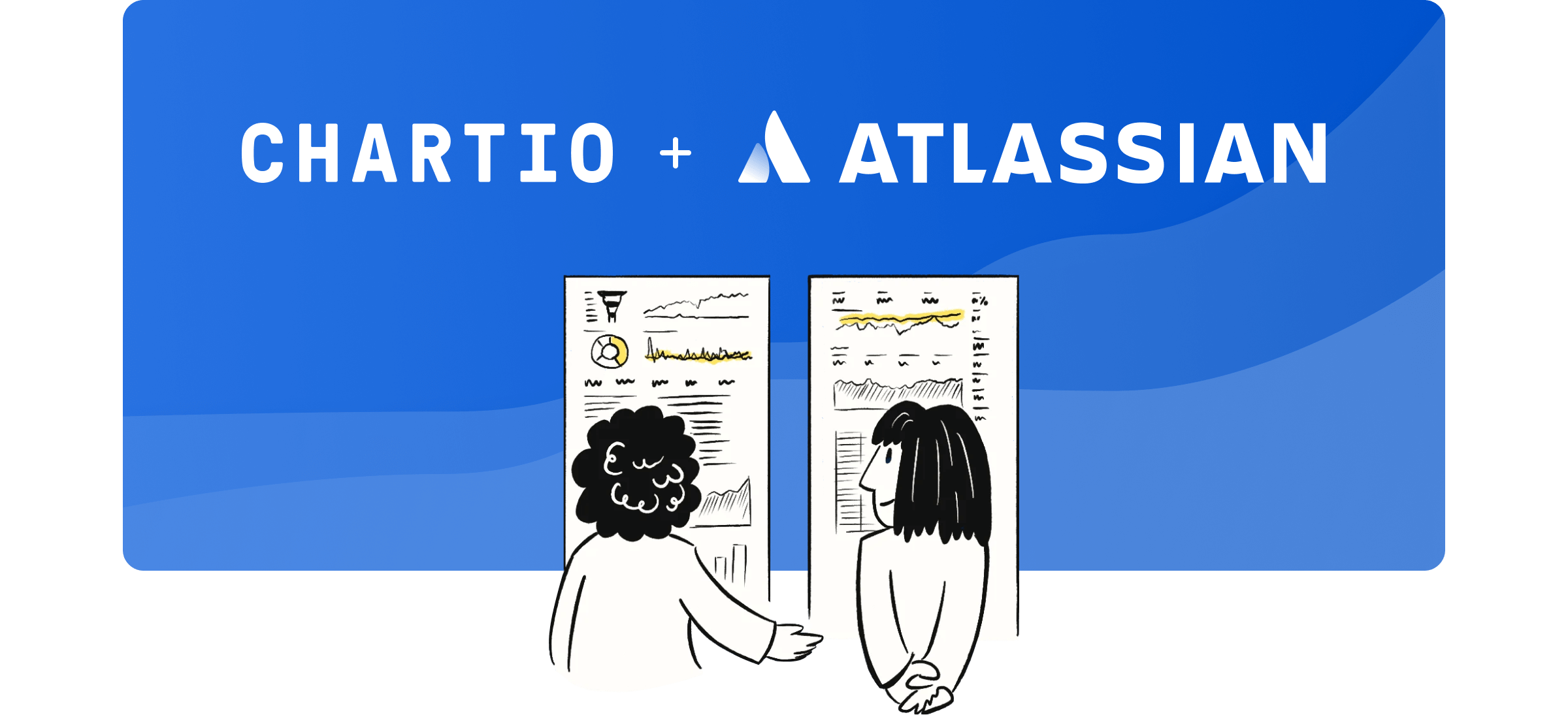Before now, there hasn’t been a go-to analytical interface for MongoDB. As one of the most requested data sources, we provided a simple overview of how to start visualizing your MongoDB data in Chartio.

MongoDB is an open-source document database and the leading NoSQL database. Although we currently don’t support connections to NoSQL databases, we have many customers connecting MongoDB to Chartio, by way of MoSQL. Compose is one of those customers, and they recently spoke to us about how Compose uses Chartio.
Chris Winslett, Sales and Revenue Engineer at Compose, gave us his insights to the success of Compose with Chartio. In Chris’ words

We use a combination of SQL, NoSQL, and other services - MongoDB, Postgres, Redis, Reimann, Google Analytics, etc. We needed a platform that would allow us to visualize, experiment, and collaborate with our data. We didn’t want to learn new ETL processes, we just wanted a service. Every other service required us to engage with their data store - we had our data stores, we just wanted a front end.
Many times MongoDB users, such as Compose, are looking for a way to visualize their data by writing simple SQL queries. As described by Chris, connecting MongoDB to a front-end need not be complicated, “Using Heroku’s Postgres service and a Heroku runner, MoSQL took less than a day to configure.”
A MongoDB database can be connected to Chartio through MoSQL, a tool developed by Stripe for live replicating data from a MongoDB database into a PostgreSQL database.
Running MoSQL imports the contents of your MongoDB database into a PostgreSQL instance, essentially creating a backup. The PostgreSQL database can then be connected to Chartio, ready for you to visualize your data. MoSQL keeps the Postgres database live-updated with the changes in your MongoDB, allowing you to run production services on your MongoDB and opens up your querying power to SQL.
We always encourage our customers to make a backup of their database, so by simply making a backup in PostgresSQL you can easily query your data through Chartio.
If you are ready to connect your MongoDB database, we have directions on our documentation.
Additionally, you can connect your MongoDB database with Chartio via Stitch Data’s integration.


